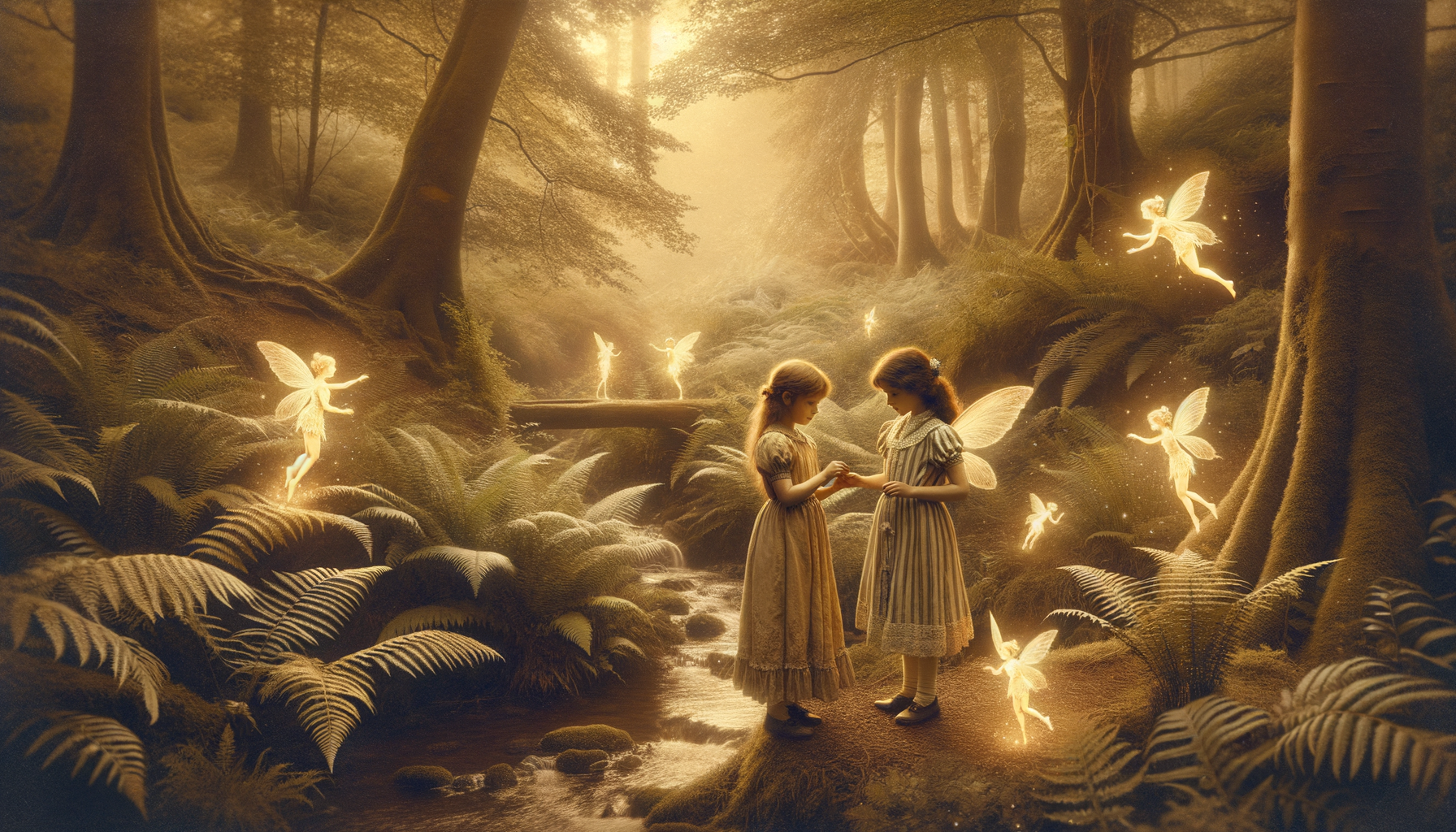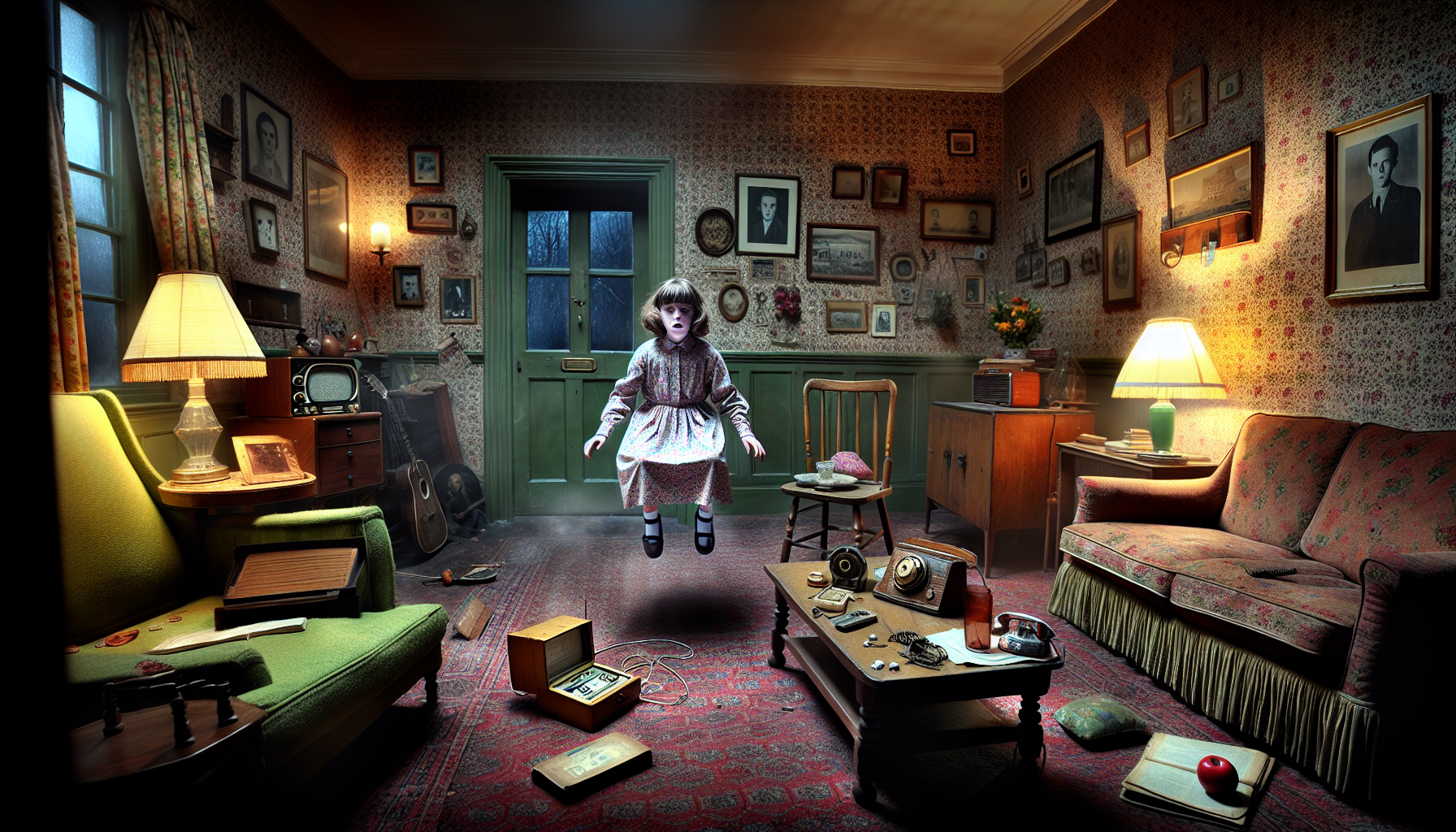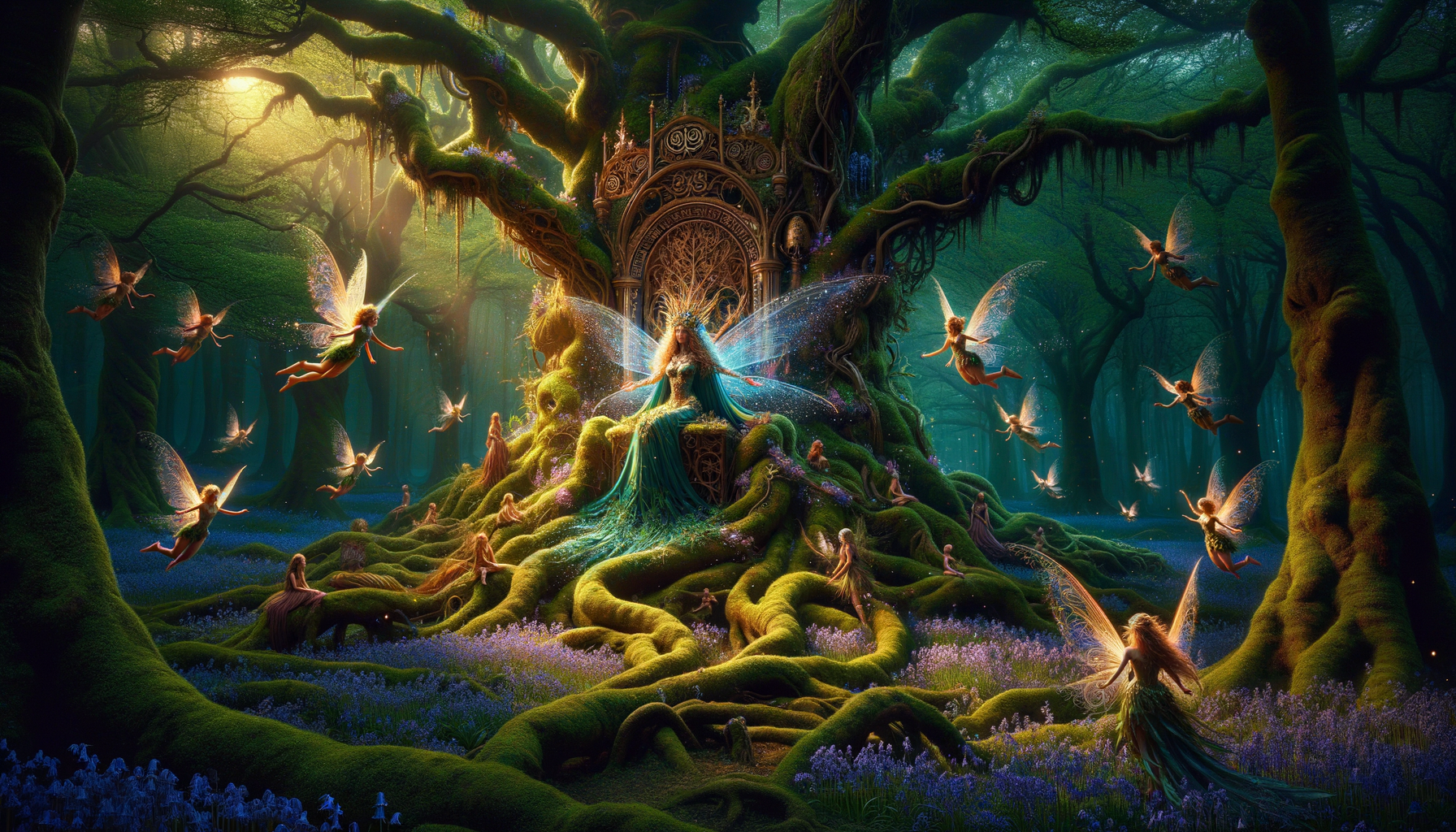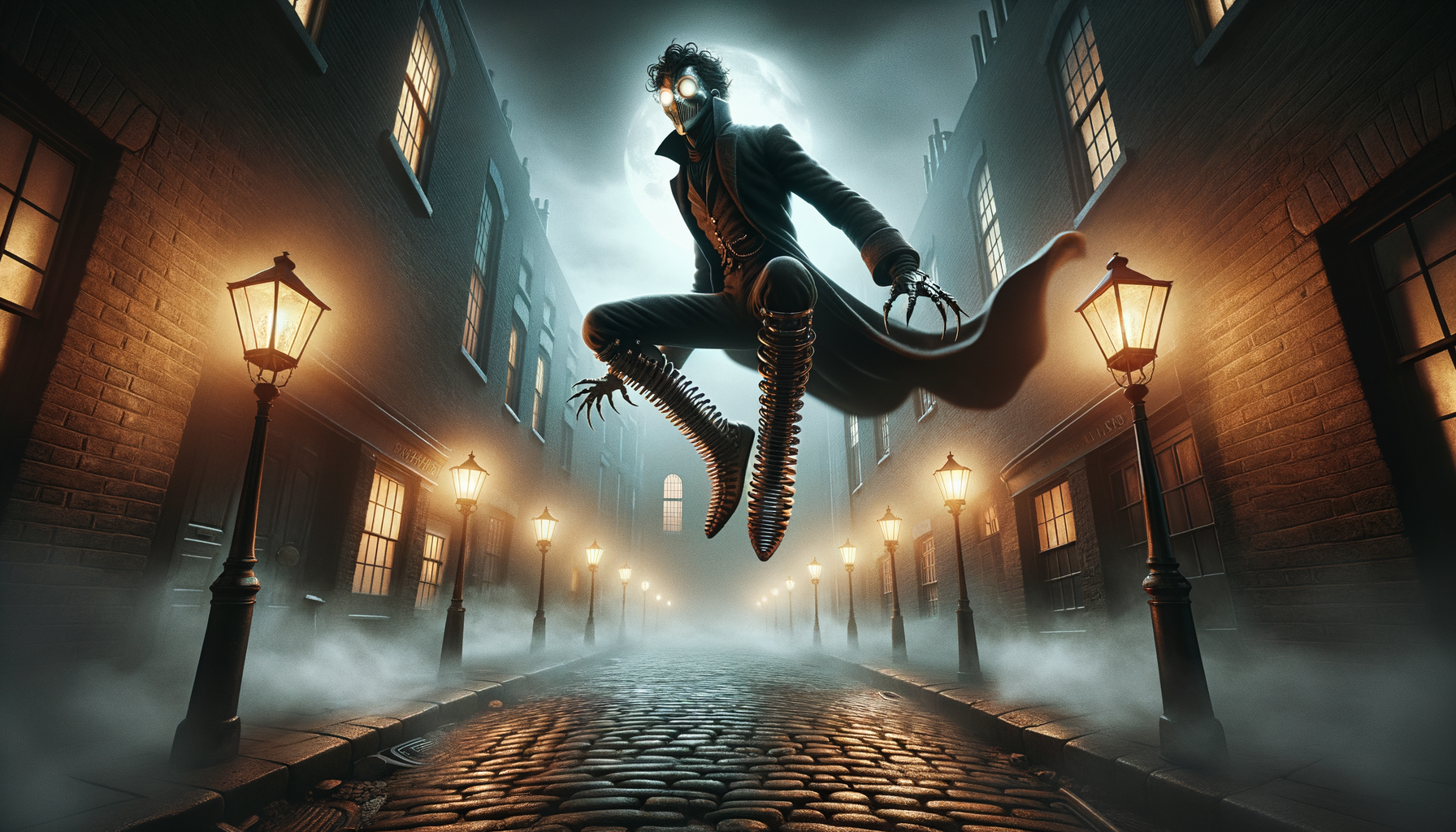Do you remember hearing about those enchanting fairies captured on camera almost a century ago? Well, you’re about to embark on a whimsical journey into the story of The Cottingley Fairies, a tale that has fascinated and puzzled many! In the early 20th century, two young girls claimed to have photographed fairies in their garden, sparking a blend of wonder and controversy that endures to this day. With critics and believers debating fiercely, the Cottingley Fairies offer an intriguing glimpse into how easily the lines between reality and fantasy can blur. Are you ready to uncover the secrets behind those mystical photographs?
Origins of The Cottingley Fairies Tale
Introduction to Elsie Wright and Frances Griffiths
Elsie Wright and Frances Griffiths were two cousins who lived in Cottingley, a quaint village in England. Elsie, born in 1901, and Frances, born in 1907, shared a close bond and a vivid imagination. Their fascination with fairies began at a young age, fueled by the enchanting environment around them.
The Setting: Cottingley Village
Cottingley, with its picturesque landscapes and serene atmosphere, seemed like the perfect place for fairies to reside. The village was surrounded by lush greenery, babbling brooks, and secluded woods, creating an almost magical backdrop that could easily inspire tales of mystical creatures. In 1917, this idyllic setting played a crucial role in the cousins’ story, as they claimed to have discovered fairies in the Wright family’s garden.
The Famous Photographs
The First Photographs (1917)
In 1917, Elsie and Frances took the first of what would become a series of famous photographs. These images purportedly showed the young girls interacting with fairies in the garden. The photographs were whimsical and captivating, depicting the fairies with delicate wings and ethereal appearances. When the girls showed these photos to their family and friends, the reactions were a mix of astonishment and skepticism.
Arthur Conan Doyle’s Involvement
The tale of the Cottingley Fairies took a dramatic turn when Sir Arthur Conan Doyle, the renowned creator of Sherlock Holmes, became involved. Doyle was a firm believer in spiritualism and the supernatural, and he saw the photographs as potential proof of otherworldly beings. He published the images in “The Strand Magazine,” sparking widespread public interest and debate.
Analysis and Public Reaction
The publication of the photographs led to a polarized public reaction. While some people were enchanted by the possibility of fairies, others were highly skeptical. Professional photographers and experts analyzed the images, employing the techniques of the early 20th century to scrutinize their authenticity. Despite the scrutiny, opinions remained divided.
Controversy and Skepticism
Scientific Scrutiny
As the fame of the Cottingley Fairies grew, so did the scientific scrutiny. Experts from various fields examined the photographs, using the best techniques available at the time. Some analysts believed the images to be genuine, while others pointed out inconsistencies and potential signs of manipulation. The examination methods of the early 20th century were rudimentary compared to today’s standards, leaving room for debate.
Skeptics’ Viewpoints
Several notable skeptics emerged, challenging the authenticity of the fairy photographs. They argued that the images were either cleverly staged or outright hoaxes. Common points of contention included the fairies’ appearance, which resembled paper cutouts, and the lack of motion blur, suggesting the figures were static rather than living beings.
Perspective of Believers
On the other hand, believers in the Cottingley Fairies presented arguments supporting the photographs’ authenticity. They pointed to the cultural and spiritual significance of fairies in folklore and the sincerity of Elsie and Frances. For many, the story of the Cottingley Fairies resonated on a deeper, more imaginative level, transcending the need for empirical proof.
The Legacy of The Cottingley Fairies
Influence on Popular Culture
The Cottingley Fairies have left an indelible mark on popular culture. Their story has been represented in various forms of media, including books, films, and artworks. The tale has inspired countless creative works, each adding a new dimension to the enduring legend of the fairies.
Interviews and Confessions
In later years, both Elsie and Frances made statements about the photographs. They admitted that some of the images were staged using paper cutouts, but maintained that they had genuinely seen fairies. These confessions added another layer of complexity to the story, as modern-day reflections and interviews continued to explore the mystery.
Decoding the Mystery Today
Advances in Photographic Analysis
With the advent of modern technology, contemporary experts have revisited the Cottingley photographs using advanced photographic analysis techniques. These methods have provided clearer insights into the images, yet the mystery remains partly unsolved. Current specialist opinions are still divided, with some acknowledging the possibility of a clever hoax and others leaving room for belief.
The Psychological Aspect
The enduring fascination with the Cottingley Fairies also touches on psychological aspects. People are often drawn to such phenomena due to the role of imagination and emotional need. Believing in fairies, even for a moment, offers an escape from reality and a connection to a world of wonder and magic. This psychological dimension helps explain why the story of the Cottingley Fairies continues to captivate audiences even today.
Conclusion
As we unravel the enchanted tale of The Cottingley Fairies, it becomes evident that this story dances on the delicate edge between reality and fantasy. While skepticism and belief march hand-in-hand through history, one thing is certain: the story of Elsie and Frances has left an indelible mark on our collective imagination. Whether you side with scientific scrutiny or embrace the charm of childhood wonder, the legacy of The Cottingley Fairies continues to captivate. Ready to dive deeper? Share your thoughts and theories below or explore further into the fascinating intersection of myth and reality.




